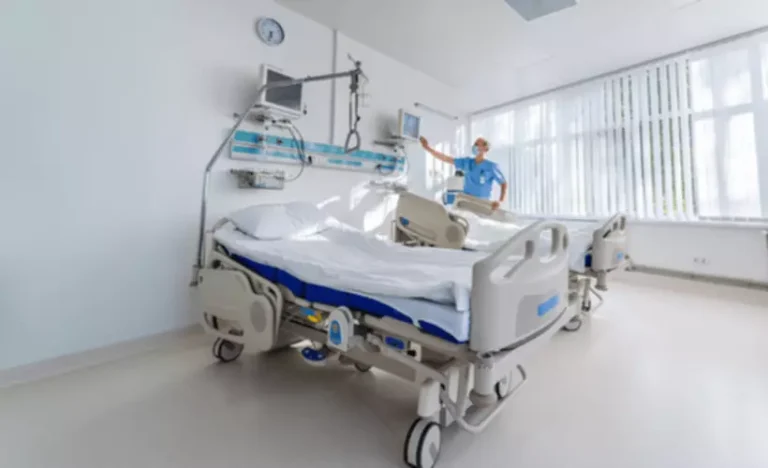Currently Empty: 0.00zł
What is Sober Living Homes? Understanding Recovery Support?

But sober living homes can be beneficial for anyone in recovery who does not have a supportive, substance-free environment to go home to. Oxford House facilities https://ecosoberhouse.com/ are the best examples of Level I sober living homes. The houses are run by residents and emphasize peer support as an essential component of recovery.
- Sober living homes provide a bridge between rehabilitation and returning to the world with a stronger foundation for your sobriety.
- Most residents find a job to pay out of pocket or set up a payment plan with the home.
- In addition to reducing the risk of relapse, recovery residences have other benefits.
- The proof is in her ever-piling browser tabs and newsletters, which help her stay on top of the latest wellness trends.
Level Three
Sober living homes vary widely in terms of structure, rules, and the level of support provided. Some may offer more freedom, while others are more structured, closely resembling the environment of a rehabilitation facility. When considering a sober living home, it’s important to find one that aligns with your recovery goals and personal needs. When considering the journey to sobriety, the path doesn’t simply end once an initial treatment or rehab program is completed. It’s a continuous process that often requires longer-term support to solidify and maintain the skills and mindsets learned during recovery.
- By immersing yourself in a supportive sober living community, you’re not just navigating the recovery journey with the assistance of others but also actively contributing to the shared goal of lasting sobriety.
- Sometimes, sober living houses also act as a stand-alone approach for substance misuse problems, meaning that someone will go straight there without first attending a residential treatment center.
- For sober living house residents, there comes a point where you feel ready to move back into a more conventional living situation where you can continue your recovery.
- With their structured environment and comprehensive support, they’re not just a place to stay; they’re a crucial step toward a new, sober life.
- Residents who live in SLHs and halfway houses are entitled to both safety and privacy, which may be ensured by having clear safety and privacy rules.
- Most homes have household meetings nightly, and residents often attend treatment, support group meetings or other wellness activities together.
What Are The Benefits Of Sober Living?
Expectations include attending life skills training, community meetings, house meetings, and clinical and peer support services. A paid house manager, administrative staff, and certified peer recovery support staff are at level three. A pivotal aspect of sober living houses is the sense of community and peer support. As they adjust to daily routines, these homes allow residents to slowly reintegrate into society, managing work, school, and other responsibilities. Sometimes people use the term halfway house and sober living home interchangeably. Both residences provide a space where people can live as a group and ease themselves back into daily life following a stint away from home.
- Physically, residents experience benefits like detoxification, improved health, and reduced cravings.
- From local coverage to the presidential race, MinnPost’s independent news is available for free with no paywall.
- In Oxford Houses, individuals who relapse cannot return until they complete a 28-day rehab program or complete treatment and demonstrate an ability to continually attend support group meetings.
- These skills instill a sense of responsibility and prepare you for a successful transition to independent living.
Sober Living Programs for After Drug & Alcohol Rehab

Residents who live in SLHs and halfway houses are entitled to both safety and privacy, which may be ensured by having clear safety and privacy rules. Over time, you’ll take on more responsibility for your schedule, finances, and personal decisions. This deliberate shift helps bridge the gap between the supportive environment of the home and the complexities of the outside world.

Their primary purpose is still to provide a substance-free environment for people to live in, but the programs are more structured than Level 2 homes. They often include paid counselors and staff to assist sober house patients in developing and following through with their aftercare plans. Most of the actual treatment doesn’t happen on site, but certain life skills and support groups may be provided at the house.


